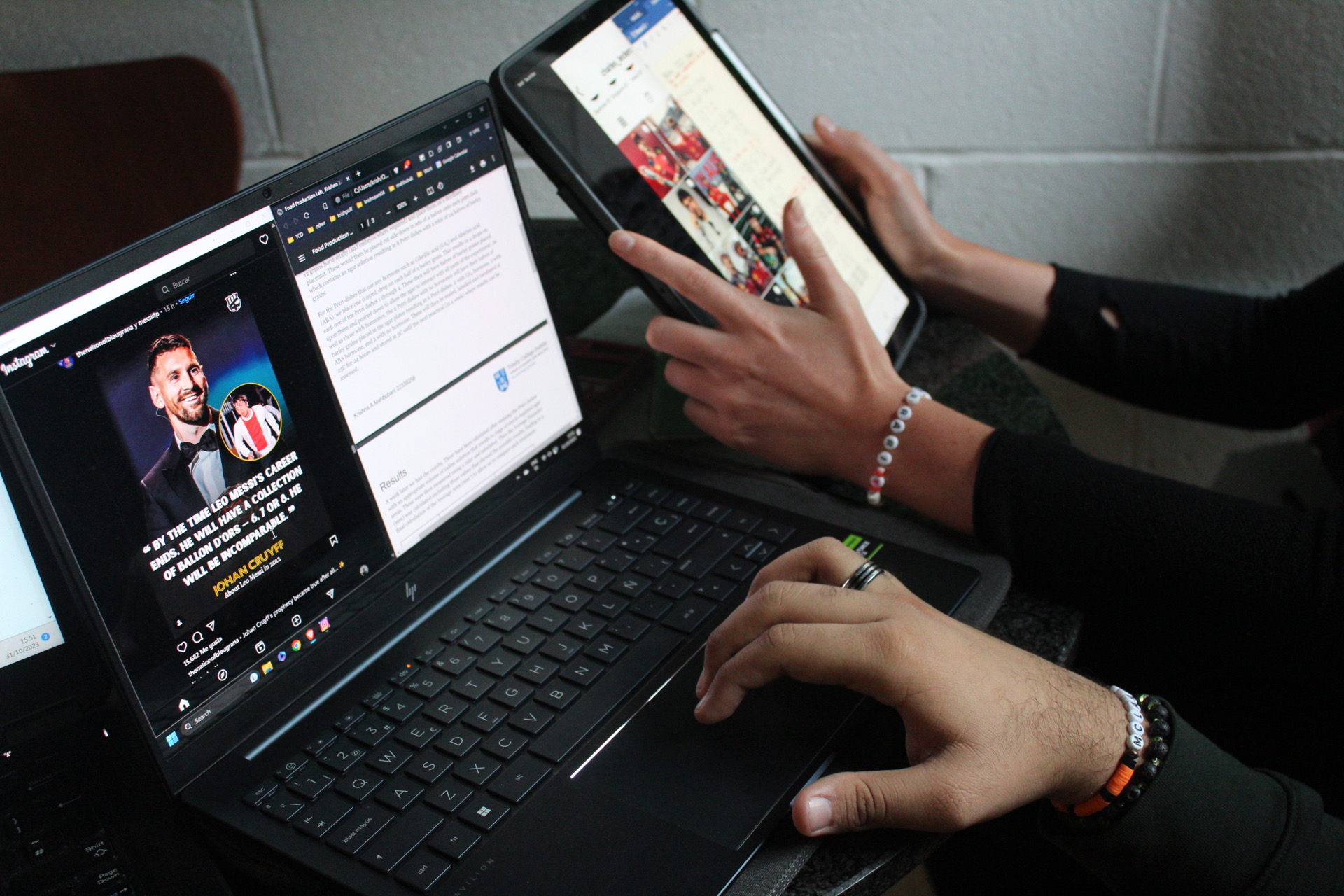If you take a peek at the Trinity News archives all the way back in the days of November 2013, you might stumble across a feature piece entitled, ‘Is Facebook a false reality?’ Authored by then-staff writer Alice Kinsella, the article delves into the student Facebook habit (a common affliction at the time, if you’ll believe it) and ponders if the illusory, selective nature of the platform is preferred over the openness associated with living offline, reflecting on the addictive nature of social media. Such was Kinsella’s remarkable foresight, that if I was to CNTRL+F all instances of Facebook in the piece, and sub in some other, more fashionable platform (Instagram, Snapchat, X, take your pick) for publication today, it wouldn’t feel entirely outdated. On the contrary, some of the points hit on in the article would be just as relevant today as they were in 2013, if not even more so. So, a decade since concepts like online profiles and “likes” first transformed how students engage with each other online, it is worth considering if we have truly gotten any better at managing our technology vices – or if, perhaps, this technology has simply gotten better at managing us. Are we more self-aware than our Facebook-addicted predecessors, or are we too living in a false reality?
“We get a kick of dopamine in anticipation of the activity and typically while doing it, followed by a dip once we’re finished as our brains self-regulate to bring us back to equilibrium”
The draw to social media for students, whether they’re using Facebook or Tiktok, is purely neurological: sweet, sweet dopamine. Social media engagement releases dopamine, a neurotransmitter, which compels us to seek reward and pleasure in the activity. We get a kick of dopamine in anticipation of the activity and typically while doing it, followed by a dip once we’re finished as our brains self-regulate to bring us back to equilibrium. We might feel a craving or an itch following this comedown, but provided there is no serious addiction, it will pass. However, the reality is that social media addiction is a very real behavioural problem, and one that we have a greater understanding of now than we did at the time Trinity News Vol 60 Issue 3 was published. Indeed, the “finger twitching” that Kinsella describes feeling after going cold turkey for two months today may sound more like a symptom of a social media addiction. However, just because we might be a little more self-aware when it comes to our social media habits, it doesn’t mean we’re faring any better. Certainly, we seem to know how to manage things; social media “cleanses” are common to break the addictive cycle, and screen time tracking features are built into our mobile phone operating systems and applications. However, we are also contending with even more platforms, even more content, and even more temptation. We have far easier access to never-ending content than the Trinity students of ten years ago, so despite our greater awareness of the dangers of the dopamine cycle, we find ourselves falling into the same traps.
2Corporations had yet to embrace fully the social media landscape, but in the proceeding years, our feeds became dominated less by our friends’ highlight reels, and more by blatant advertisements and #spon posts”
Perhaps the most significant change since the publication of the 2013 article is the total transformation of the social media landscape. For starters, the idea that someone could be an “influencer” as a bonafide, feasible career, was absurd. Corporations had yet to embrace fully the social media landscape, but in the proceeding years, our feeds became dominated less by our friends’ highlight reels, and more by blatant advertisements and #spon posts. Now it is not only our friends that are trying to present their best reality, but corporations too, available for us to buy so that we too can finally achieve social desirability. However, if anything, this shift did help to bring the deceptive nature of social media into focus, and perpetuate the idea that not everything is exactly as it seems. In addition, recent years have seen a conscious attempt to move away from the picture-perfect pages described in Kinsella’s article. The rise of finsta accounts, candid Tiktok vlogs, authenticity-inspired platforms like BeReal, and (thankfully) a ditching of filters has all helped us to convey more authentic versions of ourselves online. So perhaps we’re becoming better at blending our online reality and real lives – or, at least, better at pretending we are.
Nevertheless, despite the changes in how we interact with social media and the platforms we use, it’s sobering to reflect on just how little progress we’ve made in addressing the issues of a false online reality and social media spiral discussed in Kinsella’s article. While we may like to point and laugh at millennials and their Facebook obsession, we first have to stop scrolling on Tiktok, and examine our own digital vices. It’s critical that we reflect on the issues that are still prevalent in our social media use to move forward in an ever-changing social media landscape, and face the compounding challenges of increased social pervasiveness, ceaseless content, and greater corporate influence. At least then, we can look forward to a favourable write up ten years from now in the 80th edition of Trinity News – after they finish cringing at our antiquated photo blogs and BeReals, of course.






